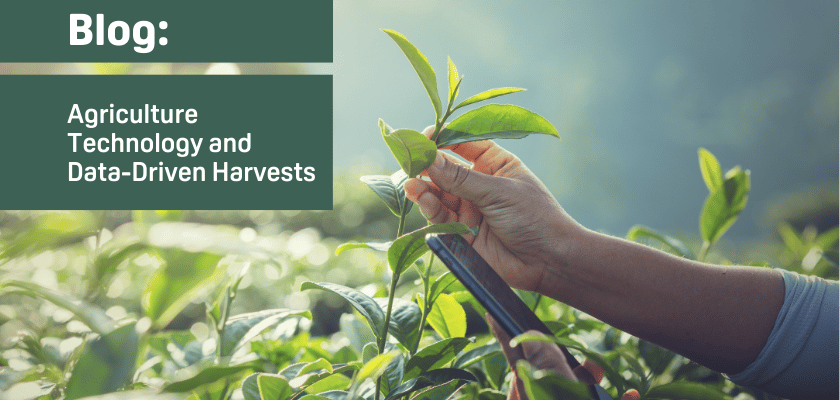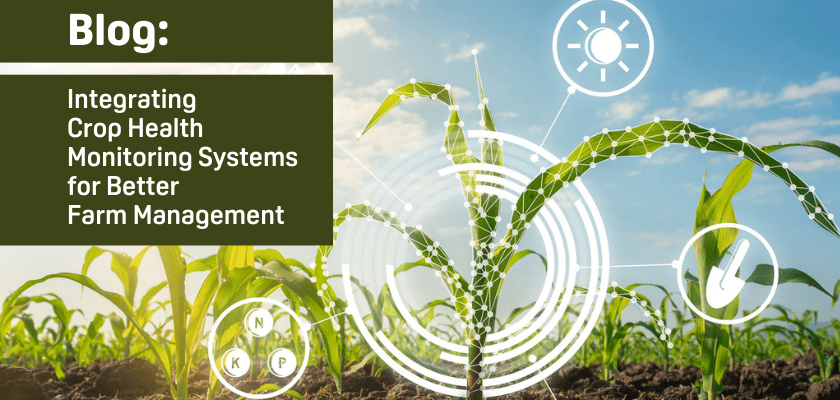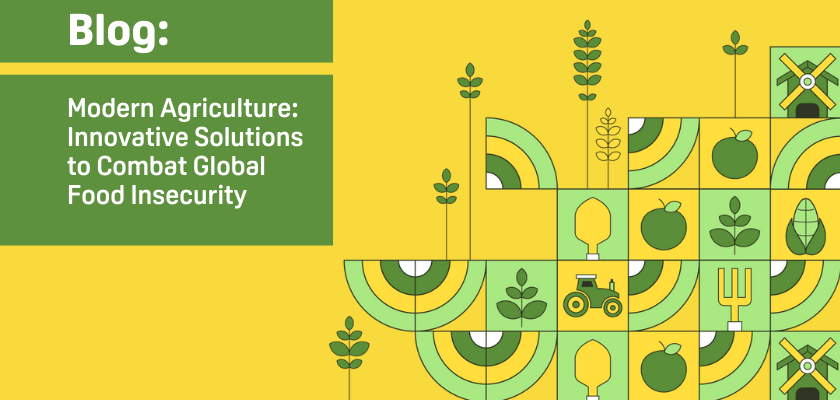

Social Return on Investment (SROI): Measuring Tangible Impact with Doktar
Doktar’s use of Social Return on Investment is a testament to its commitment to creating tangible, positive impacts in society and the environment. Doktar is not only demonstrating the success of its programs but also setting a benchmark for sustainable and socially responsible practices in the agricultural sector.
Published on 29 January 2024
Social Return on Investment (SROI) is a framework for measuring and accounting for the value created by an organization. It's particularly important in the context of social enterprises and NGOs, but increasingly, its principles are being adopted by businesses committed to sustainable and responsible practices. As an innovative agtech company, Doktar has partnered with Ernst & Young and incorporated SROI calculation into its Climate and Sustainability Initiatives programs to measure tangible impact. This approach not only showcases Doktar's commitment to societal value but also highlights the effectiveness of its Climate and Sustainability Initiatives programs. In this blog, we’ll explore how Doktar uses SROI, focusing on three key areas: understanding what SROI is, Doktar's approach to SROI, and the tangible impacts measured by Doktar.
When analyzing published social projects, it's evident that SROI ratios vary significantly. Instead of comparing projects solely based on their SROI ratios, it is recommended to evaluate them based on their own objectives such as achieving project goals, fostering stakeholder development, and making progress in project planning.
What is Social Return on Investment?
The SROI metric reflects the value created per unit of investment. “It tells the story of how change is being created by measuring social, environmental, and economic outcomes and uses monetary values to represent them.”1It goes beyond the concept of 'value for money' and focuses on “value for many”.
To calculate SROI, the social impact of an activity is quantified in monetary terms and compared to the investment required to achieve that impact. The ratio of benefit to cost provides the SROI. For example, a ratio of 3:1 indicates that an investment of £1 delivers £3 of social value. Ratios above 1:1 indicate a successful project impact. The "1000 Farmers 1000 Prosperity" Program's SROI calculation, which resulted in a 1:3.23 ROI, is considered a successful outcome. This measurement has been calculated by Ernst & Young.
It goes beyond the concept of 'value for money' and focuses on “value for many”.
Key Components of SROI Analysis
The SROI analysis is based on 8 fundamental principles and is completed in 6 stages2, involving stakeholders, understanding the changes, valuing what is important, including only the essentials, avoiding overstatement, being transparent, validating results, and being responsive. Doktar actively involves stakeholders, including farmers, employees, and community members, in its SROI process, ensuring that the impacts measured are relevant and significant to those affected by its activities.
Doktar employs specific criteria such as deadweight, displacement, and attribution in its SROI calculations.
- Deadweight
-
- Understanding Deadweight: In SROI analysis, deadweight addresses whether the same or similar benefits could have been achieved without the activity in question.
- Impact on Value: The percentage expressed as deadweight implies that the effects attributed to the activity could have occurred naturally, without any intervention. As deadweight increases, the value generated by the outcomes decreases.
- Displacement
- Assessing Displacement: This factor considers whether the activities have prevented or eliminated issues that, in turn, could lead to other outcomes.
- Effect on Impact: An increase in the displacement value results in a decrease in the impact created by the outcomes.
- Program Feedback: Participants of the "1000 Farmers 1000 Prosperity" Program reported no displacement effects during the program, leading to a 0% displacement value.
- Attribution
- Calculating Attribution: This criterion examines whether other individuals or institutions have contributed to the change facilitated by the activities.
- Determining Impact Share: The higher the attribution percentage, the less impact is solely attributed to the project's activities.
- Tangible Impacts Measured by Doktar
Doktar uses SROI to measure various impacts, creating a clear picture of its contribution to society and the environment.
1. Environmental Impact
- Reduction in Carbon Footprint: Doktar’s technologies help reduce greenhouse gas emissions, contributing to the fight against climate change.
- Water Replenishment: By optimizing irrigation practices, Doktar aids in conserving water resources, crucial in many agricultural regions.
- Enhanced Biodiversity: Doktar’s practices promote biodiversity and support ecosystems and wildlife.
- Regenerative Agriculture: By informing about how to increase carbon sequestration and reduce carbon emissions, Doktar guides farmers and agribusinesses into more sustainable agricultural practices.
2. Economic Impact
- Increased Agricultural Productivity: Doktar’s digital farming solutions lead to higher crop yields, boosting the economic status of farmers and agribusinesses.
- Reduced Input Costs: Digital agriculture tools such as SoilScanner, Orbit, Filiz, PestTrap, and CropMap help agribusinesses, farmers, and agronomists make data-driven decisions and optimize input usage, procurement, and logistics decisions.
3. Social Impact
- Community Development: Doktar’s initiatives contribute to local community development, particularly in rural areas.
- Education and Training: Through its programs, Doktar provides education and training to farmers, enhancing their skills and knowledge. These training programs increase farmers’ financial and digital literacy and help them adopt more sustainable and efficient farming practices.
In conclusion, Doktar’s use of Social Return on Investment is a testament to its commitment to creating tangible, positive impacts in society and the environment. Doktar is not only demonstrating the success of its programs but also setting a benchmark for sustainable and socially responsible practices in the agricultural sector.
For those interested in exploring how Doktar's innovative solutions can transform your agricultural practices, visit our website for detailed information on all our products. Stay updated with the latest developments by following us on Instagram and LinkedIn, where we share insights, tips, and updates about our technologies and their impact on modern farming.
REFERENCES
[1] The Guide to Social Return on Investment
[2] Principles of Social Value

Agriculture Technology and Data-Driven Harvests
The convergence of agriculture technology and data-driven solutions represents the next frontier of innovation in farming. With companies like Doktar leading the way, farmers can leverage these advancements to improve productivity, reduce environmental impact, and secure a more sustainable future for agriculture. Whether through precision agriculture, sustainable agriculture, or cutting-edge smart agriculture technology, the future of farming is bright, and data is at the heart of this transformation. Technology's positive impact on this future should inspire and motivate us all.

Integrating Crop Health Monitoring Systems for Better Farm Management
Crop health monitoring systems revolutionize modern agriculture by enabling real-time insights into plant health, reducing losses, and promoting sustainability. Tools like Doktar’s CropMap and Orbit integrate advanced technologies, empowering farmers with data-driven decisions. By enhancing efficiency and sustainability, these systems are essential for future-proofing agricultural operations.

Modern Agriculture: Innovative Solutions to Combat Global Food Insecurity
Modern agriculture combats global food insecurity with precision agriculture, sustainable practices, and biotechnology. Tools like IoT, automation, and crop innovations optimize resource use, enhance resilience, and ensure stable food supplies. By integrating smart technologies, agribusinesses address challenges like climate change and resource scarcity, paving the way for a sustainable food future.
